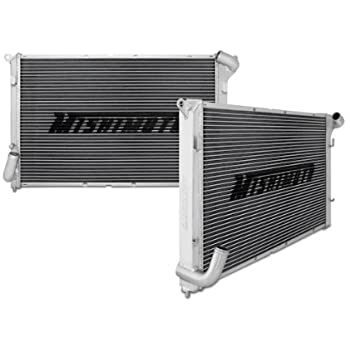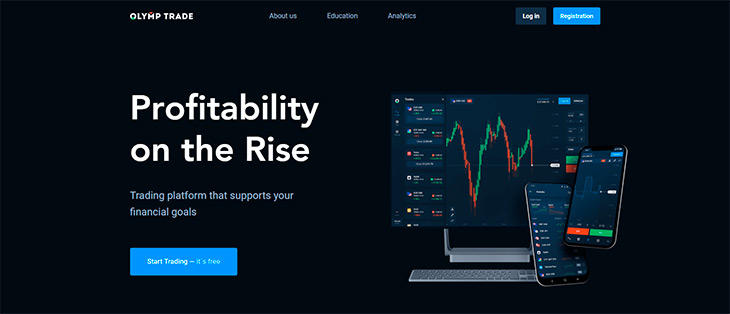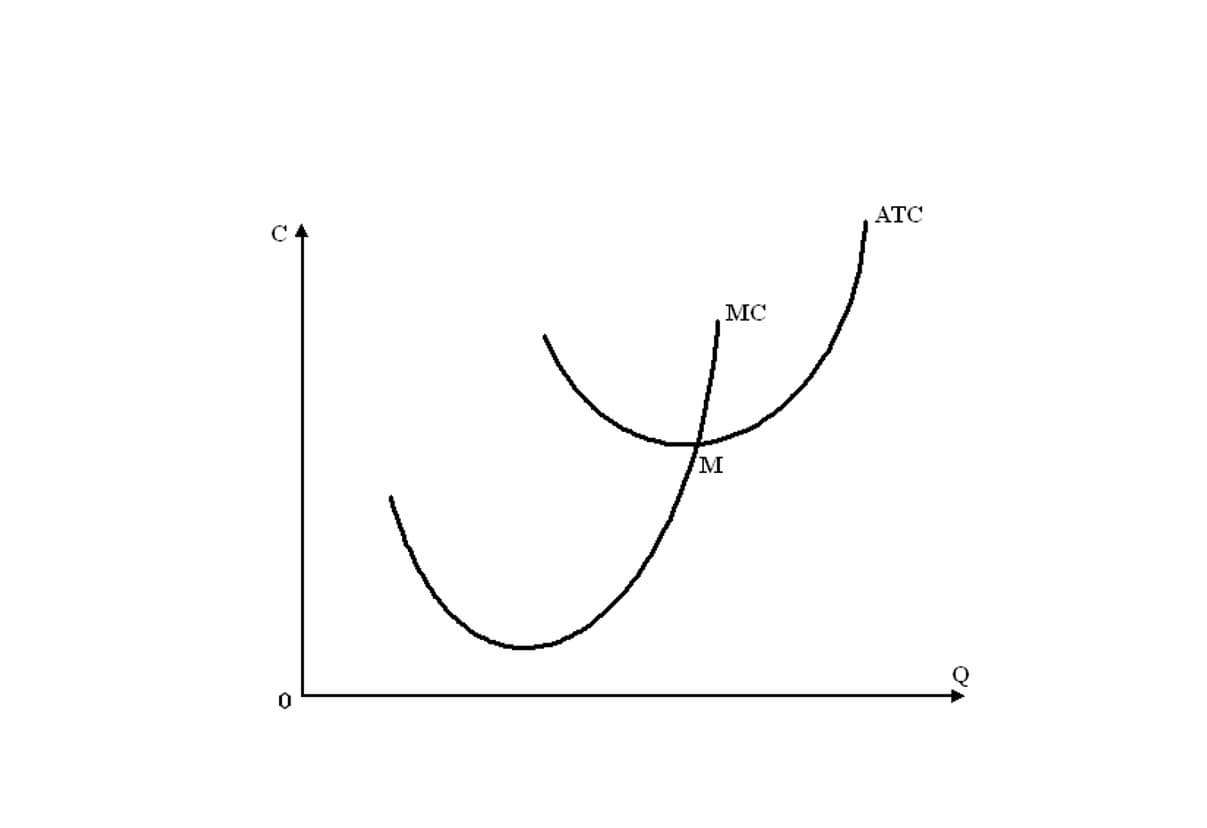It is also possible to calculate how many units need to be sold to cover the fixed costs, which will result in the company breaking even. To do this, calculate the contribution margin, which is the sale price of the product less variable costs. The total fixed costs are $50k, and the contribution margin ($) is the difference between the selling price per unit and the variable cost per unit.
You measure the break-even point in units of product or sales of services. Below, we’ll cover everything you need to know about break-even point to calculate your own (with a simple formula) and use it to guide your business toward smarter decisions. Upon doing so, the number of units sold cell changes to 5,000, and our net profit is equal to zero. For example, if the economy is in a recession, your sales might drop.
Breakeven Point: Definition, Examples, and How to Calculate
As the owner of a small business, you can see that any decision you make about pricing your product, the costs you incur in your business, and sales volume are interrelated. Calculating the breakeven point is just one component of cost-volume-profit analysis, but it’s often an essential first step in establishing a sales price point that ensures a profit. For the example of Maggie’s Mugs, she paid $5 per mug and $10 for them to be painted. If she keeps falling short of the 500 units needed to break even, she could potentially find a cheaper mug supplier or painters who are willing to take a lesser payment.
Break Even Point Calculation Example (BEP)
- Let’s say that we have a company that sells products priced at $20.00 per unit, so revenue will be equal to the number of units sold multiplied by the $20.00 price tag.
- Below, we’ll cover everything you need to know about break-even point to calculate your own (with a simple formula) and use it to guide your business toward smarter decisions.
- The breakeven formula for a business provides a dollar figure that is needed to break even.
- The articles and research support materials available on this site are educational and are not intended to be investment or tax advice.
Traders can use break-even analysis to set realistic profit targets, manage risk, and make informed trading decisions. To find your variable costs per unit, start by finding your total cost of goods sold in a month. If you have any other costs tied to the products you sell—like payments to a contractor to complete a job—add them to your cost of goods sold to find your total variable costs.
Calculating Contribution Margin and BEPs
Assume an investor pays a $4 premium for a Meta (formerly Facebook) put option with a $180 strike price. That allows the put buyer to sell 100 shares of Meta stock (META) at $180 per share until the option’s expiration date. The put position’s breakeven price is $180 minus the $4 premium, or $176.
Once the startup exceeds this number, every additional subscription sold contributes straight to profit. The break-even point (BEP) is where the total money coming into your business (revenue) matches what’s leaving (expenses). Your break-even point marks the place where your business starts turning a profit. It’s a monumental moment for any discount on notes payable entrepreneur—it’s the point where you stop bleeding money, halt your burn rate, and earn the fruits of your labor. In effect, the insights derived from performing break-even analysis enables a company’s management team to set more concrete sales goals since a specific number to target was determined. For information pertaining to the registration status of 11 Financial, please contact the state securities regulators for those states in which 11 Financial maintains a registration filing.
This point is also known as the minimum point of production when total costs are recovered. The higher the variable costs, the greater the total sales needed to break even. Maggie also pays $800 a month on rent, $200 in utilities, and collects a monthly salary of $1,500. The breakeven point is important because it identifies the minimum sales volume needed to cover all costs, ensuring no losses are incurred. It aids in strategic decision-making regarding pricing, cost control, and sales targets.
Ask a question about your financial situation providing as much detail as possible. Our team of reviewers are established professionals with decades of experience in areas of personal finance and hold many advanced degrees and certifications. The articles and research support materials available on this site are educational and are not intended deleting invoices and bills in xero part 2 to be investment or tax advice.
And as much as we think a lower price means more buyers, studies actually show that consumers rely on price to determine the quality of a product or service. You can use the break-even point to find the number of sales you need to make to completely cover your expenses and start making profit. But if you sell less, your sales revenue won’t cover your expenses and you’ll operate at a loss. Calculating breakeven points can be used when talking about a business or with traders in the market when they consider recouping losses or some initial outlay.
Calculating the breakeven point is a key financial analysis tool used by business owners. Once you know the fixed and variable costs for the product your business produces or a good approximation of them, you can use that information to calculate your company’s breakeven point. Small business owners can use the calculation to determine how many product units they need to sell at a given price point to break even.


















